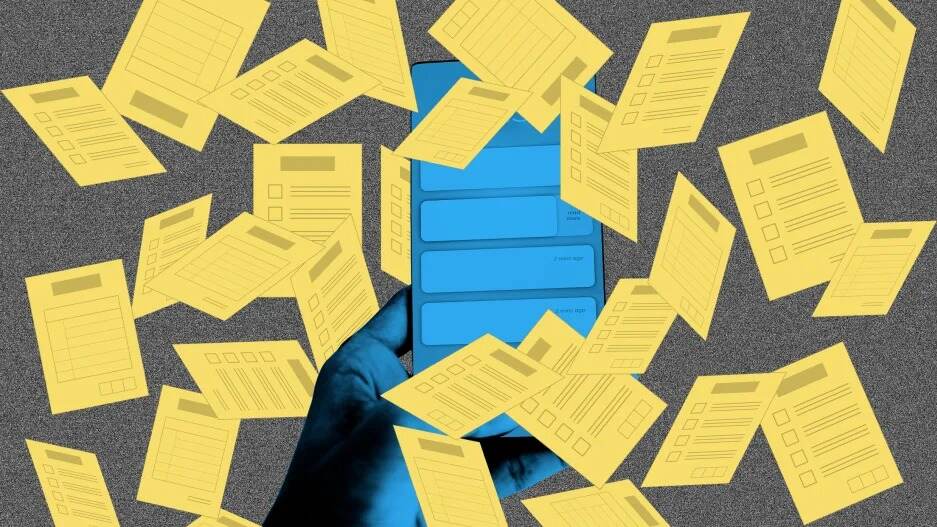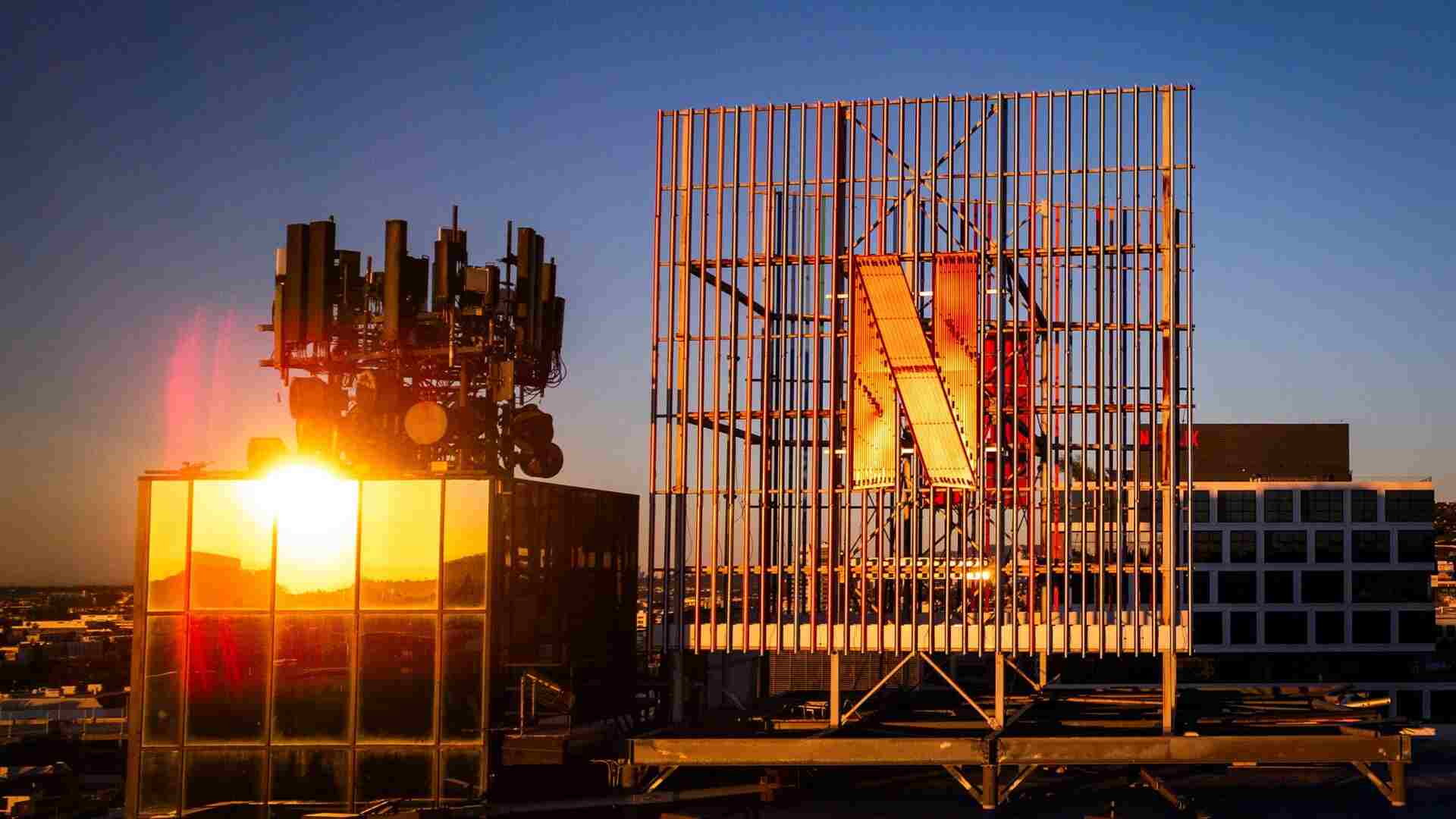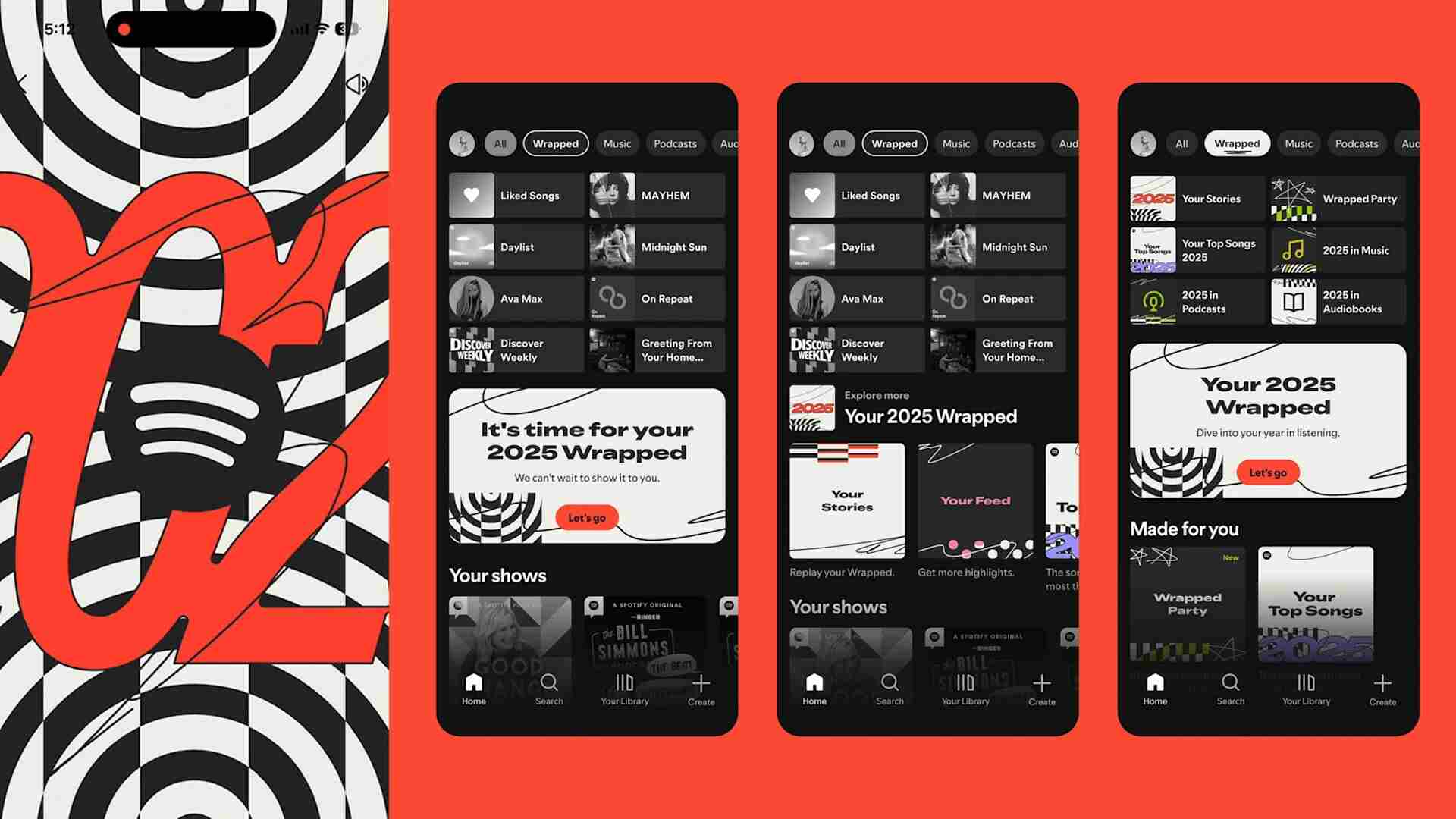- | 8:00 am
How to declutter your projects, notes, and documents
Some simple and sophisticated options so you can pick what suits your needs.

This article is republished with permission from Wonder Tools, a newsletter that helps you discover the most useful sites and apps. Subscribe here.
If you spend lots of your time at a keyboard, there are at least 12 types of tools you need. This post covers tasks, projects, notes, and documents. I’m outlining simple and sophisticated options, so you can pick what suits you.
TASKS
Simple to-do apps let you easily add and check off tasks without complicated menus or confusing features. They’re easy to use, free, and require no setup or training.
- Apple’s Reminders lets you add tasks with your voice, create as many lists as you need, sync tasks between devices, and organize to-dos by priority or project.
- Google Tasks is useful for Android (or Apple) users and shows up conveniently in the sidebar for Google Docs, Gmail, and other Google apps. It works well with Google’s voice assistant.
- Microsoft To Do is handy for those devoted to Windows and Outlook; it’s easy to add and organize tasks with Microsoft’s voice-assistant, Cortana.
Sophisticated task apps offer fancier features at a price. One feature I like: a custom email address, so you can forward tasks in from your inbox.
- Todoist has pro capabilities like productivity visualizations, templates, and team task sharing, which is a strength of Any.do as well. Todoist works on any platform.
- Things is the most elegantly designed task app for Mac and iOS.
- Sorted for iOS and Mac builds a handy day plan for you given task time estimates. I like using this to map out my workday.
My bottom line: I’m happy with the simplicity and reliability of Apple Reminders. It helps me stay focused on completing tasks rather than organizing them. I play with fancier task apps periodically, but as of now, I’m staying put.
PROJECTS
Once task lists multiply, it’s helpful to have a way of organizing them into projects. Advanced task apps like Todoist, Things, and TickTick have project features built in. But dedicated project apps enable more collaboration.
Simple project apps allow you to get a quick view of what you’re working on and move things around visually as you progress.
- Trello is one of the simplest tools to use to organize, visualize, and manage simple projects. Each project is represented by a column, and cards within the column can be customized with various details.
Sophisticated: Apps like Asana, Basecamp, ClickUp, and Monday offer advanced features for professional project management. To work well, team members have to use them consistently to share materials and update project pages. These services have millions of fans, but in my experience it takes considerable effort to get a team to fully adopt one of these power tools.
My bottom line: I like Trello for simple shared projects. Craft is also a visually appealing starting point, but lacks project organization features. Coda has lots of project management templates and Notion does too. Even without templates, Coda and Notion both work well for simple custom project pages. If you’re working solo and like an advanced task app, you can use that for projects, too.
NOTES
Paper notes help me focus away from distracting screens, while digital ones are more effective for organization and search.
Simple notes let you get in and out quickly. Open a note, add something, find something, and you’re done. No complicated menus or features.
- Apple Notes and Google Keep are fast, work well on mobile and desktop, and let you add both text and images. You can share, print, and export notes. Bonus: You can convert Google Keep notes directly into Google Docs.
- Craft is gorgeously designed and easy to use for notes. Why I like it.
Craft notes and docs that look better ✨JEREMY CAPLAN·JUNE 10, 2021 Read full story
Sophisticated services like Obsidian, Mem, Capacities, Roam, Anytype, Reflect, and Tana offer advanced features for creating, finding, and sharing notes. Each has its own advantages and complexities. Some are applying AI to make finding notes easier.
My bottom line: Mem has a great AI chat feature for exploring your own notes, but Craft remains an appealing alternative I often turn to. Each has limitations, though, so I’m still looking for a new home for my notes that’s easy to use, well-designed, and great for finding, sharing, and acting on notes.
DOCUMENTS
We’ve moved from the Microsoft Word era to the Google Docs era to the age of Notion, Coda, and interactive documents.
Simple docs are free and great for writing, editing, annotating, printing, and organizing documents.
- Google Docs has dictation, translation, version history, and most other features you might want in a word processor. It even has built-in AI text generation and edit suggestions, which I wrote about recently. I also like other GDocs features.
- iA Writer is a streamlined writing app that lets you block out distractions to focus only on the words you’re typing.
Sophisticated document tools let you embed videos, maps, social media posts, PDFs, or other materials inside a document.
- Coda allows you to add tables and databases into a document, in addition to embedding Google Docs, Google Slides, Figma or Canva visuals, Airtables or Miro whiteboards. You can link it to Slack or other services to get alerts about doc updates, or have your document updated automatically by linking it to Zapier or IFTTT.
- Notion makes it easy to create great-looking documents and has useful new AI features I wrote about here.
- Lex is a new AI-enhanced word processor I like that can suggest headlines, help with quick research questions, or provide feedback on your writing.
My bottom line: I rely on Google Docs for most day-to-day writing, though I sometimes write in iA Writer or Lex. I use Coda or Notion when I’m preparing documents that include tables, videos, or other embeds.
This article is republished with permission from Wonder Tools, a newsletter that helps you discover the most useful sites and apps. Subscribe here.








































